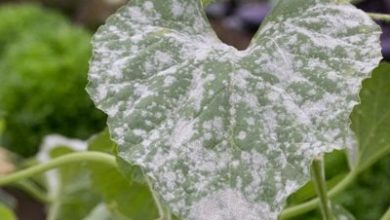Vriesea: [Characteristics, Cultivation, Care and Disadvantages]
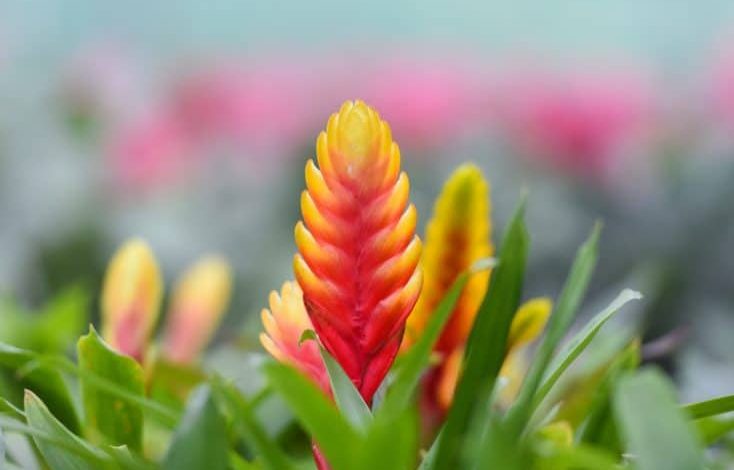
Important points when planting a Vriesea:
- When? The vriesea can be sown at any time of the year.
- Where? The vriesea plant can be sown in pots, directly in the indoor garden, or grown in the greenhouse.
- How do we water? Irrigation for vriesea should be done by placing the water directly in the center of the plant ‘s rosette.
- How often do we water? The most recommended is to place the amount of a glass of water a week, in winter and autumn, and 2 times a week during spring and summer.
- What care does it require? The soil or land for planting the vriesea must be free of limestone but above all it must drain very well. The ideal substrate for growing vriesea could be a mixture of fertile soil, pine bark, perlite and peat inequal parts.
- What pests and diseases affect you? The vriesea can be attacked by pests such as cottony mealybugs and spider mites.
What characteristics does the vriesea plant have?
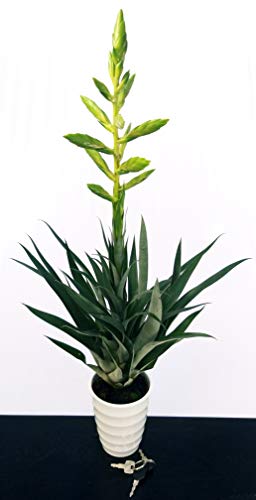 The vriesea is a species of the bromeliad family and is native to tropical, central and southern America, especially Venezuela and the east coast of Brazil.
The vriesea is a species of the bromeliad family and is native to tropical, central and southern America, especially Venezuela and the east coast of Brazil.
It is a plant that can reach a height of 50 cm and another 50 cm in diameter. The vriesea plant is also known by the names: Indian feather or vrieseia.
It has leathery type leaves, with ribbon shapes that grow arched and bright green or yellowish, very striking.
Its leaves grow in a rosette with a basal center from which the inflorescence emerges in the form of a simple or branched spike with small and tubular flowers.
The bracts of the flowers are usually yellow or red and are very decorative. Among the species of vriesea are: carinata, splendens, ensiformis, procera and regina, among others.
Currently, the vriesea is highly appreciated and cultivated in many parts of the world for its beautiful appearance and its spectacular flowers with very special shapes.
Sometimes the vriesea is confused with another plant of the same genus called Tillandsia, from which it differs only in the fleshiness of the leaves and the presence of petals in the flowers.
When to sow the vriesea?
The vriesea can be sown at any time of the year. Gardeners and farmers recommend planting vriesea outdoors in summer, especially in very hot regions, and in a warm, shady spot in winter.
Where to plant the vriesea?
The vriesea plant can be sown in pots, directly in the indoor garden, or grown in the greenhouse. In tropical regions of South America, vriesea is grown on walls and on trees that make beautiful ornamental ensembles.
The vriesea can be located indoors, but in a place where it can receive several hours of sun each day. It is important to give it a very bright place, but it is necessary to protect it from the insolation that the direct rays of the sun can cause.
How do we water the vriesea?
Watering for vriesea should be done by placing the water directly in the center of the plant’s rosette. It is recommended to use rainwater, preferably demineralized water or tap water with a little vinegar, since it does not tolerate the limescale of natural water.
When it is observed that excess water has been deposited on the base plate, it must be removed to avoid a higher humidity than required.
How often do we water the vriesea?
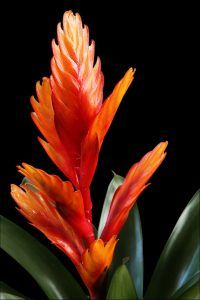 The substrate of the vriesea should be kept slightly moist, but without puddles and water should not be left in the glass that supports the pot.
The substrate of the vriesea should be kept slightly moist, but without puddles and water should not be left in the glass that supports the pot.
The most recommended is to place the amount of a glass of water a week, in winter and autumn, and 2 times a week during spring and summer.
Every month the water should be changed for a fresher and cleaner one to eliminate any salts, remains of vegetables or animals or other substances that could rot and damage the plant.
How to sow a vriesea step by step?
- Select seeds or cuttings from a vriesea.
- Choose a container or a wide and deep pot that has good drainage capacity.
- Fill with fertile soil, pine bark, vermiculite and peat in equal parts.
- Water abundantly and keep the substrate always moist without flooding.
- Locate the crop in a bright place, but where the direct rays of the sun do not reach it because they can burn the plant.
- It will bloom from the 3rd year.
What care does the vriesea need?
- The soil or land for planting the vriesea must be free of limestone but above all it must drain very well.
- The ideal substrate for growing vriesea could be a mixture of fertile soil, pine bark, perlite and peat in equal parts.
- The incorporation into the soil or substrate of a little earthworm humus, charcoal fragments and/or pieces of baked clay is recommended.
- Vriesea needs a semi-shaded location with plenty of light, but not in direct sun.
- Gardeners recommend planting vriesea in sunlight filtered by shading nets or tree foliage.
- The temperature for growing vriesea should never be less than 18º C, as it does not support large frosts.
- The vriesea does not require pruning, only diseased and dry leaves should be removed.
- It is necessary to use clean, disinfected and sharp tools to carry out the pruning and avoid the transmission of diseases to the plant.
- It does not require large amounts of fertilizer because it is a slow-growing plant, but a monthly fertilizer is recommended during spring and summer.
- The fertilizer must contain macroelements and nutrients such as nitrogen, phosphorus, potassium, magnesium, iron, zinc, among others.
- When fertilizing, avoid putting it directly on the rosette in the center of the plant because it could burn its leaves or promote the development of harmful algae.
What pests and diseases affect the vriesea?
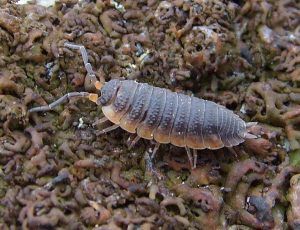 The vriesea can be attacked by pests such as cottony mealybugs and red spider mite.
The vriesea can be attacked by pests such as cottony mealybugs and red spider mite.
The plant can suffer from diseases that affect its leaves, creating brown, white and yellowish spots.
Excess water, lack of it, poor lighting or an abundance of light and strong winds are climatic factors that affect the leaves of the vriesea.
Mealybugs affect almost all ornamental plants by sticking their sucking beak on leaves, stems and fruits and drawing out the sap. Mealybugs and mites can be combated by wiping a cotton ball with a little alcohol, or by cleaning the leaves with a mixture of water and biodegradable soap or dishwashing soap.
As for the red spider mite, the most effective way to combat it is to keep the vriesea as moist as possible without letting the substrate or the rosette dry out completely. Another recommendation to repel the red spider is to spray the plant with an infusion of dried nettles.
Bibliographic references
- In vitro propagation of Vriesea in temporary immersion systems, I Capote, M Escalona, M Daquinta, D Pina … – Biotecnología…, 2009 – revista.ibp.co.cu
- Diversity of bromeliads and orchids of the Atlantic Forest: genetic diversity of Vriesea incurvata Gaud (Bromeliaceae), JZ de Matos – 2011 – dialnet.unirioja.es
- Six new species of Vriesea sect. Xiphion (Bromeliaceae: Tillandsoideae) for Costa Rica. Six new species of the Vriesea sect. Xiphion (Bromeliaceae …, J Morales-Quirós – November 1999 – sidalc.net
- Phenology and vegetative sprouting of a new species of Vriesea (Bromeliaceae) from Colombia under ex situ conditions, A Pico – Revista de la Academia Colombiana de Ciencias…, 2016 – scielo.org.co
- Effect of the analog of Brassinosteroid (MH5) on the acclimatization of Vriesea shoots propagated in temporary immersion systems, I Capote, M Escalona, MD Gradaille … – Revista Ciencia y…, 2009 – dialnet.unirioja.es

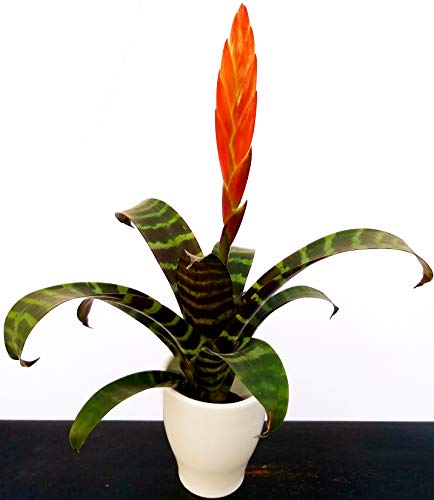

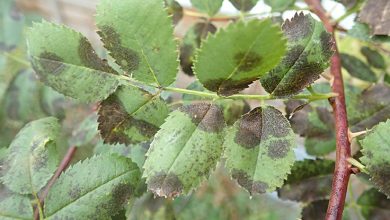
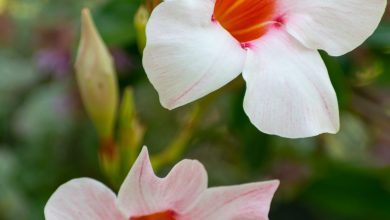
![Photo of Learn to Plant Corn: [12 Steps] and Much More](https://www.complete-gardening.com/wp-content/uploads/2022/08/learn-to-plant-corn-12-steps-and-much-more-390x220.jpg)
